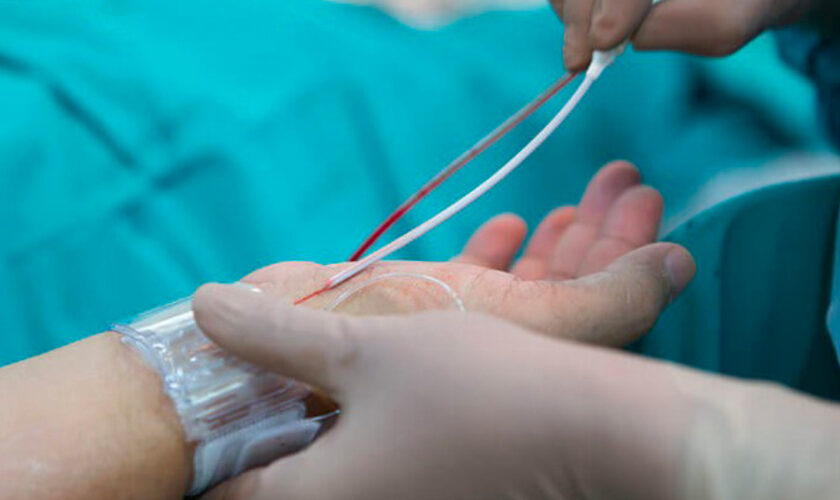Humans are indeed a marvel creature. The many cells and organs work in the system. The many body systems allow humans to live and survive in many situations despite changes from the internal or external of the body. One of the human systems known as the blood circulation system plays an important role in a human life. Heart as the engine and the 100 000 km of blood vessels work to supply the body with nutrients and oxygen from the blood flow. There are many diseases affecting the blood circulation system and health screening can help to detect early changes or abnormality of the heart or blood vessels. This may need further tests such as angiograms to get a closer look of the structures.
Angiogram is a type of x-ray that provides images of the blood vessels in different organs. In some cases, angiograms may be carried out using MRI or CT scan. Angiogram is also known as a diagnostic tool as it helps to diagnose diseases such as coronary heart disease, aneurysm and atherosclerosis. Angiograms that are done on different parts of the body such as the brain can help to diagnose stroke and the kidney for high blood pressure in the kidney’s blood vessels. Angiography is a procedure that enables doctors to see blood vessels in detail through the x-ray images produced.
There are many reasons someone might be needing an angiogram. People that show signs of a blocked or narrowed artery, new or unusual pain, have had a stroke, heart attack or any problem affecting blood vessels will be recommended to go for an angiogram. Sometimes treatment such as angioplasty may be done at the same time of the angiography.
Before angiography is done, patients usually need to do some preparations. Patients are asked if they do have allergies history and if they are taking medications. This helps doctors to make sure patients are safe and medications may need to be stopped before angiography can be performed. Blood tests and physical examinations will be checked again to ensure the person is fit for an angiography. Doctors will explain how the procedure will be performed, risks and what to do before the angiography test. Options for sedatives should be discussed before the day of the procedure.
Angiography procedure is usually done as an outpatient. This means that patients typically do not need to stay overnight in hospital. Angiography test usually takes around 30 minutes and may be up to 2 hours. It is best for patients to make sure they have arranged for transportation to take them home because patients themselves may not be able to drive vehicles safely. Sedatives and the procedure itself may make patients feel dizzy, tired or sleepy.
During the angiography procedure, patients are usually awake but general anaesthetic may be provided especially in young children. Local anaesthetic on the skin is given before a small cut is made in the skin for access to the catheter (a long and thin flexible tube). Mild sedatives may be given to help patients relax but not to the point of unconsciousness. Catheter is then inserted into an artery and carefully guided to the targeted area that doctors want to examine. Injection of contrast dye through the catheter helps to give a clear picture when the x-ray captures the image. Some patients may feel slight discomfort of warm or burning sensation as the injected dye flows. Series of x-ray are taken as the contrast agents flow through the blood vessels.
After the procedure, the catheter is removed and steady pressure is placed on the are for 15 minutes to ensure no internal bleeding. There is no need for stitches. Patients are taken back to a recovery ward to be observed for a few hours. Patients are allowed to go home once there is no bleeding from the cut. At home, patients are advised to have someone to take care of them for the first 24 hours in case patients do face problems. Drinking plenty of water helps to flush out the contrast agent faster. Patients can drink and eat whenever they feel like it. There are no restrictions for patients as they can continue with their usual daily life routine but they need to avoid heavy lifting or strenuous physical activity for a few days. Bruising and soreness can be expected for a few days.
An angiogram is generally a safe and painless procedure. Risks for serious complications are low. Some risks are mainly associated with the process of inserting the catheter, injury to the blood vessels, mild reaction to contrast agent and infections. Doctors can choose different methods if traditional angiograms pose high risks for complications such as to older adults and people with chronic medical conditions such as chronic kidney disease or diabetes. Hence, angiogram is not a serious operation as the procedure does not need long hours to be performed, the complications are very small and recovery is fast.

